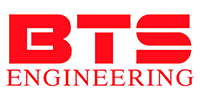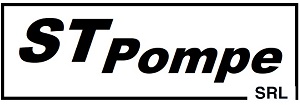Types of wind turbines
Tulip and H-type wind turbines have different designs and operating principles:
Tulip wind turbines
Design: Vertical wind turbines with a cylindrical shape and curved blades resembling tulip petals.
Advantages:
- Effectively operate at low wind speeds, making them ideal for urban and suburban areas.
- Reduce noise and vibration due to their shape.
- Require less space for installation.
- Less hazardous to birds and bats.
- Easier to maintain and repair.


H-type wind turbines
Design: Horizontal wind turbines with blades arranged on a horizontal axis.
Advantages:
- High efficiency at high wind speeds.
- Often used for large wind farms due to their power.
- Can generate more energy in stable wind conditions.
Both types have their advantages and disadvantages, and the choice depends on specific conditions and needs.


In addition to the tulip and H-type wind turbines, there are several other main types of wind turbines:
Horizontal wind turbines (HAWT)
Design: The blades are arranged on a horizontal axis.
Advantages:
- High efficiency in stable wind conditions.
- Often used in large wind farms, both on land and at sea.


Vertical Wind Turbines (VAWT)
Design: Blades are arranged on a vertical axis.
Advantages:
- Can operate in variable wind directions.
- Easier to maintain as generator and transmission are located closer to the ground.


Other types of wind turbines
Savonius: Vertical wind turbines with two or more curved blades that resemble a drum shape. Used for small installations.
Darrieus: Vertical wind turbines with “C” or “H” shaped blades. They are effective at high wind speeds.
Bladeless wind turbines: Use vibrations to generate power, which reduces noise and vibration.
Each type has its own unique characteristics and is suitable for different conditions and needs.


























































































































